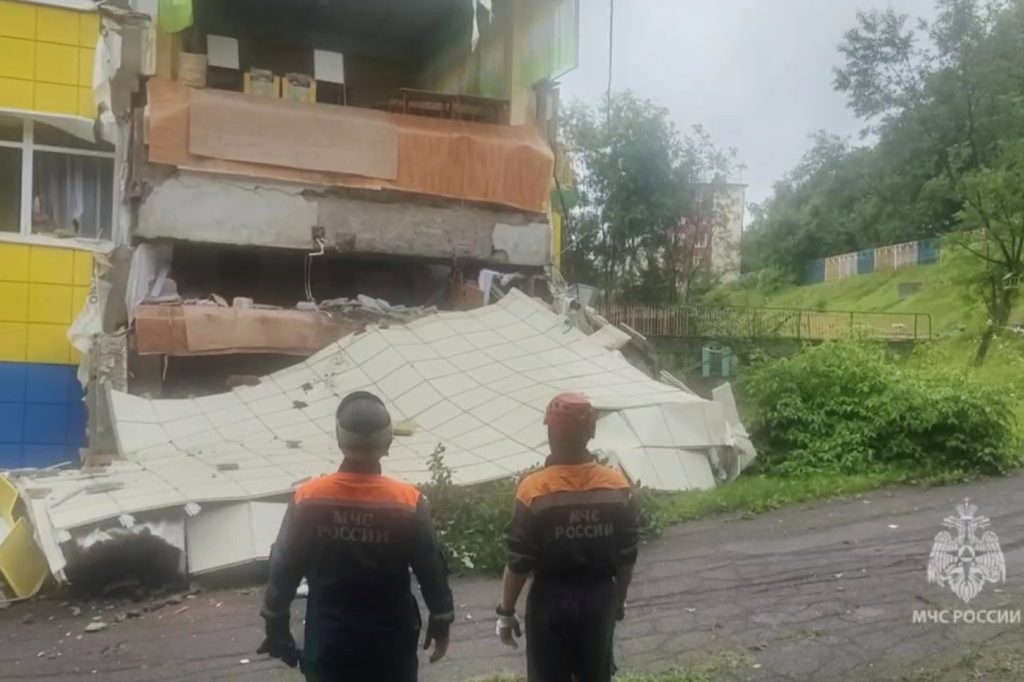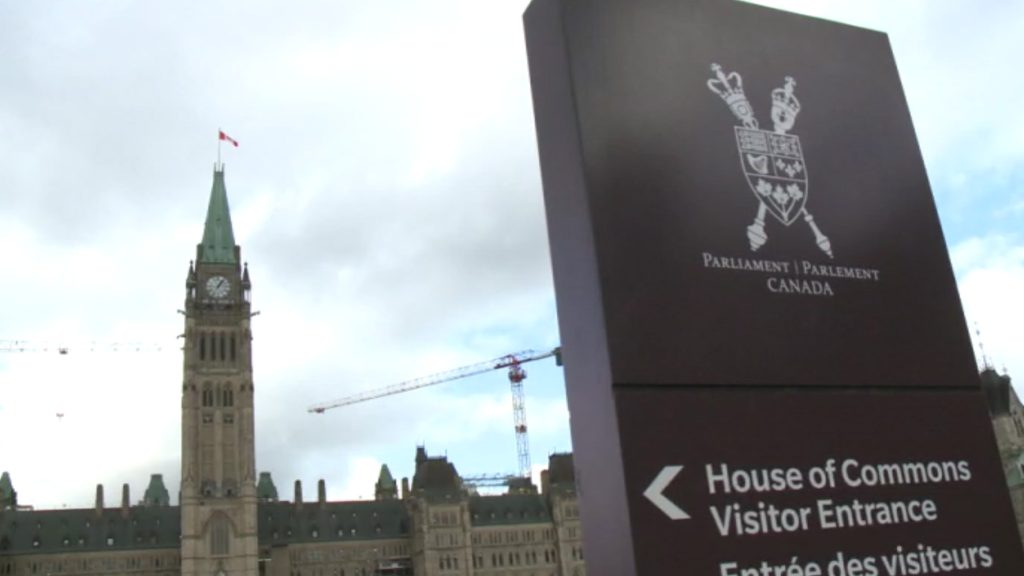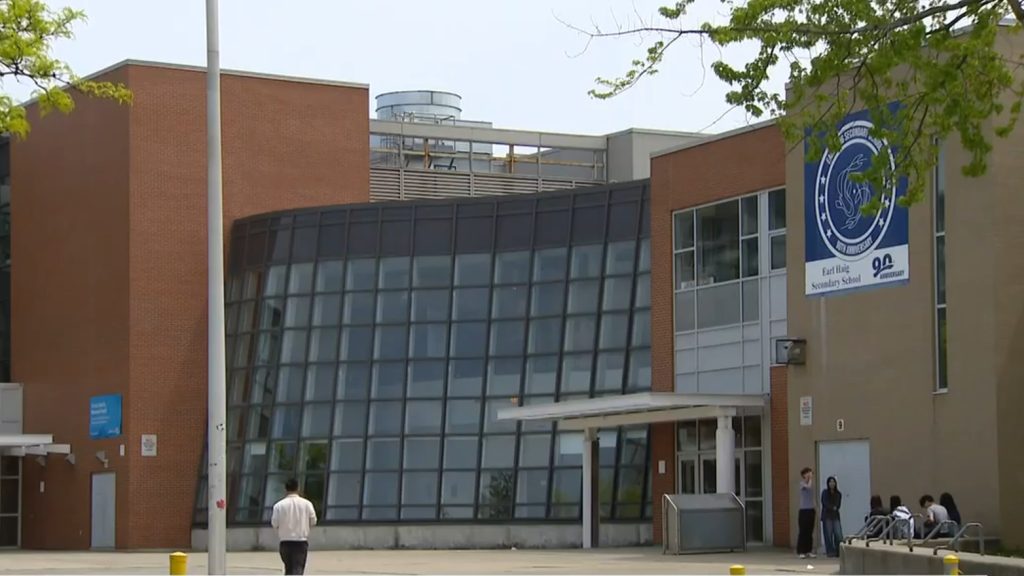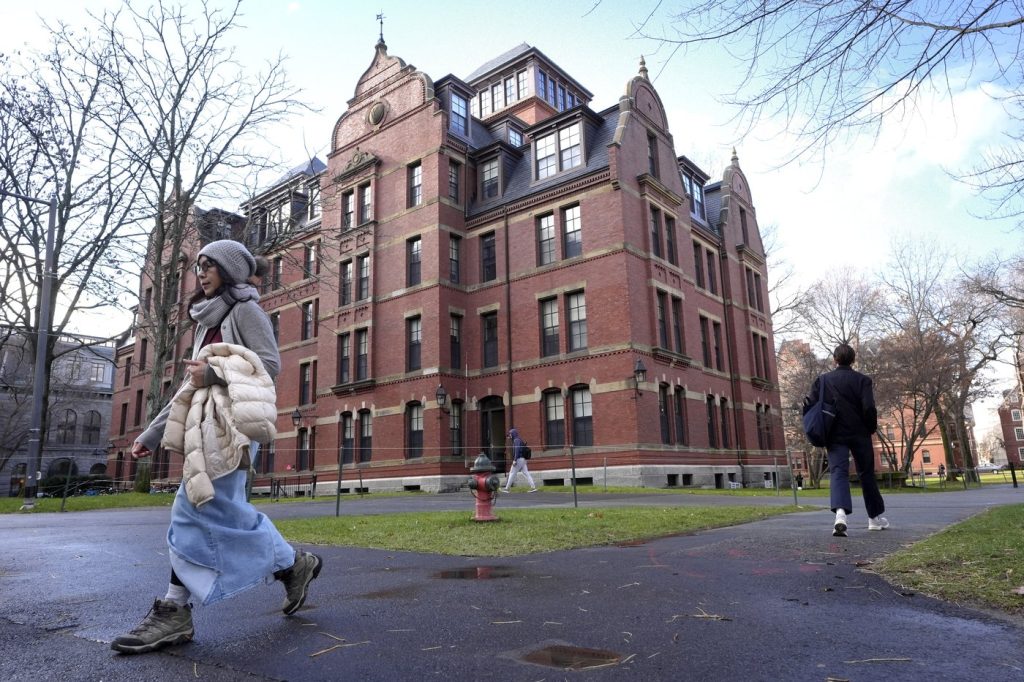TOKYO (AP) - An 8.8-magnitude earthquake struck Russia's Far East early Wednesday, marking one of the strongest seismic events recorded in recent history. The quake generated a tsunami in the northern Pacific, prompting warnings across various regions including Alaska, Hawaii, and extending south toward New Zealand. Despite the seriousness of the event, no major injuries have been reported, although several areas activated evacuation protocols.
In Honolulu, Hawaii, the tsunami alerts coincided with the Tuesday afternoon rush hour, leading to significant traffic congestion as residents sought higher ground. Warning sirens were activated, and schools in Hawaii canceled after-school and evening activities as a precautionary measure.
The Japan Meteorological Agency reported a tsunami wave of 50 centimeters (1.6 feet) at Ishinomaki port in northern Japan, which was the highest recorded measurement in the area at that time. Conversely, Russian regions closest to the quake's epicenter on the Kamchatka Peninsula experienced minor damage and initiated evacuations, but no serious injuries were reported.
The Pacific Tsunami Warning Center indicated that the tsunami generated by the earthquake posed a risk of damage along the coastlines of all Hawaiian islands. They stressed the necessity of urgent action to protect lives and property, with the first waves anticipated to arrive around 7 p.m. Tuesday local time. Similarly, the Oregon Department of Emergency Management cautioned residents that small tsunami waves, measuring between 1 to 2 feet (30 to 60 centimeters), were expected along their coast beginning at approximately 11:40 p.m. local time.
Much of the West Coast, including Canada's British Columbia province, Washington state, and California remained under a tsunami advisory. The Oregon department issued warnings regarding potential dangers from strong waves and currents, advising individuals to avoid coastal areas until further notice.
The earthquake occurred at 8:25 a.m. Japan time, with initial reports from both Japanese and U.S. seismologists indicating a preliminary magnitude of 8.0. The U.S. Geological Survey later updated the magnitude to 8.8, noting the quake had a depth of 20.7 kilometers (13 miles). The epicenter was located approximately 119 kilometers (74 miles) east-southeast of Petropavlovsk-Kamchatsky, a city with a population of around 180,000 on the Kamchatka Peninsula. Multiple aftershocks were recorded, with one reaching as strong as 6.9 magnitude.
The tsunami first struck Severo-Kurilsk, the main settlement on Russia's Kuril Islands, according to local governor Valery Limarenko, who assured that residents were safe and had moved to higher ground. In Petropavlovsk-Kamchatsky, the earthquake disturbed buildings, caused power outages, and disrupted mobile services. Reports from Russian news agencies cited several individuals seeking medical assistance in Kamchatka, although no serious injuries were recorded.
This earthquake is notable as it is among the strongest ever recorded globally, trailing only a handful of similarly powerful quakes. It is the strongest to hit the Kamchatka Peninsula since a magnitude 9.0 quake in 1952, which resulted in significant tsunami waves but no fatalities. The tsunami alert also disrupted transport services within Japan, leading to the suspension of ferries and certain train operations, including activity around Sendai airport, which temporarily closed its runway.
In response to the threat, Japan's evacuation advisory affected over 900,000 residents across 133 municipalities along the Pacific coast, from Hokkaido to Okinawa. However, the number of individuals who actually sought shelter was not provided. Japanese nuclear power plants confirmed no abnormalities during the event. Tokyo Electric Power Company Holdings stated that approximately 4,000 workers at the tsunami-stricken Fukushima Daiichi nuclear plant were monitoring conditions from higher ground.
Meanwhile, Philippine authorities issued warnings for the eastern coastal provinces against potential tsunami waves of less than 1 meter (3 feet), advising people to avoid the beach due to possible prolonged dangers. New Zealand’s emergency management agency cautioned about strong and unpredictable currents, urging individuals to move away from beaches and coastal areas to ensure safety.
Overall, the earthquake's intensity is expected to have lasting effects, as geophysicists warned that the region might experience aftershocks for up to a month following the main quake. Residents across affected areas were advised to remain vigilant and heeds safety measures as the situation unfolds.












